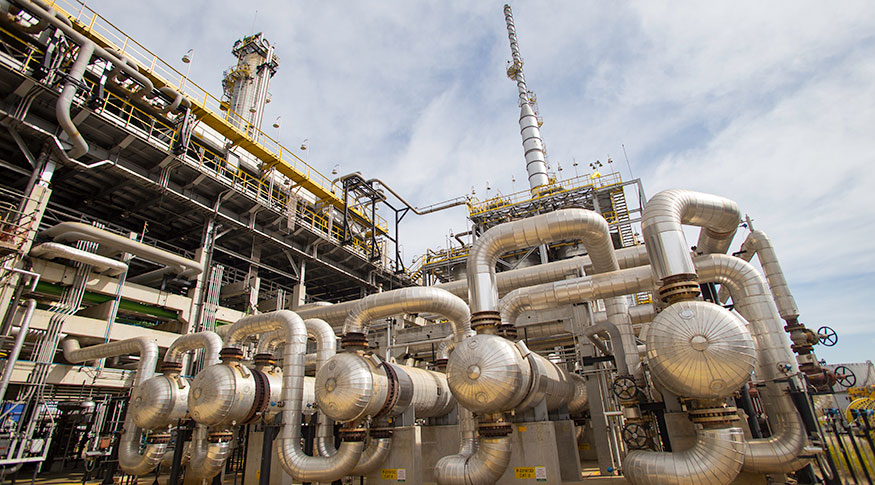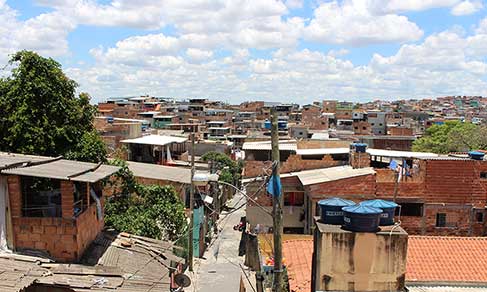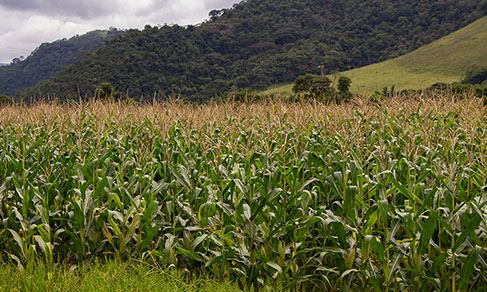Domestic industry
Industrial production falls 1.3% in April and stands below pre-pandemic levels
June 02, 2021 09h00 AM | Last Updated: June 02, 2021 08h33 PM

Industrial production fell 1.3% in April compared to the previous month. This is the third consecutive negative result for the index, which accumulates a loss of 4.4% in the period. As a result, industrial production is 1% below the pre-pandemic level. The fall in April was spread over 18 of the 26 activities investigated by the Monthly Survey of Industry (PIM) and was mainly affected by the 9.5% retraction of coke, petroleum products and biofuels.
In the year, the industrial sector accumulates a gain of 10.5% and, in the last 12 months, of 1.1%. The data were released today (June 2) by the IBGE. With the April result, industrial production is 17.6% below the record level registered in May 2011.
The survey manager, Mr. André Macedo, points out that the spread of the negative result over the activities was the greatest since April 2020. “The growth of industrial production had already been slowing down since the second half of last year. With the beginning of 2021, the resurgence of the pandemic and all the effects that it brings, the industrial sector showed a very evident decrease in its production pace. This is clear not only from the negative results, but also from the greater spread of this rate of decline”, he explains.
The researcher points out that, with the entry of negative results for February, March and April, the industrial sector lost the cumulative gain that it had maintained until January above the pre-pandemic level. “In January, we had a balance of 3.5% above the level registered in February 2020, that is, before the pandemic. With the results of February, March and April 2021, the industrial sector is 1% below that level”, says Mr. Macedo.
The coke, petroleum products and biofuels activity, which most impacted the overall index, also had negative results spread over its products. “This activity shows a behavior that is predominantly negative, that is, when we look at all of its products, there is a widespread downward movement that goes from petroleum derivatives to biofuels, such as alcohol or biodiesel”, highlights the researcher. This activity had expanded by 1.9% in March, when it interrupted five consecutive months of negative results.
The second activity with the greatest impact on the index was food products, which had a drop of 3.4% compared to March. “The negative behavior eliminates the positive balance of 3.3% that was observed in the first three months of the year. There are also important negative influences of the main products investigated within this activity, from those related to intermediate goods, such as sugar and soybean derivatives, to those within the semi and non-durable products, which are more associated with our basic food”, says the researcher.
An example of these food items is meat, which had a reduction in April. “In this case, there is a relationship with the increase in production costs. If this happens, there is an impact on the entire production process, both in terms of beef and poultry. So there are higher costs for animal feed, corn, among other factors. This makes production more expensive and in fact there is a reduction in the production process”, he explains.
Other negative impacts among activities came from printing and reproduction of recorded media (-34.8%), metal products (-4.0%), leather, travel goods and footwear (-8.9%), from pulp, paper and paper products (-2.6%), wearing apparel and accessories (-5.2%), textile products (-5.4%) and furniture (-6.5%).
The negative results reached two of the four major economic categories: semi and non-durable consumer goods (-0.9%) and intermediate goods (-0.8%). The sectors producing capital goods (2.9%) and durable consumer goods (1.6%) had positive results. Among the eight activities that also had positive rates, the main impacts were mining and quarrying (1.6%), machinery and equipment (2.6%) and motor vehicles, trailers and bodies (1.4%).
Industry has record growth compared to April 2020
When compared to April last year, industrial production grew 34.7%, the highest rate since the beginning of the time series of the survey, in January 2002. The indicator's record is explained by the low basis of comparison, since, in April 2020, the sector had retreated 27.7%, the biggest drop ever recorded in the series. At the time, the retraction was influenced by the intensification of interruptions in the industrial activities as a result of social isolation measures to combat the spread of the novel coronavirus.
With the result of April, the indicator has its eighth consecutive month of growth. “When we look at April 2021 against April 2020, we have a diffusion of positive results. In addition to a widespread growth behavior, there are also very high figures. If we remember that in April of last year, the industrial sector had been showing very intense losses due to the need for social isolation, with industrial plants closed or practically paralyzed, we observe that the basis for comparison is very depreciated”, explains the research manager. The main influences for the growth of this indicator came from motor vehicles, trailers and bodies (996.5%), machinery and equipment (94.3%), basic metals (54.5%), non-metallic mineral products (81, 3%), beverages (88.2%) and rubber and plastic products (64.0%).
More on the survey
PIM Brazil has been producing short-term indicators since the 1970s regarding the behavior of the real product of the mining and quarrying and manufacturing industries. From May 2014, the release of a new series of monthly industrial production indices began, after a reformulation to: update the sample of activities, products and respondents; prepare a new weighting structure for the indices based on the most recent industrial statistics, in order to harmonize with the needs of the implementation the National Accounts Series - reference 2010; and to adopt the new classification of activities and products used by other industry surveys from 2007 onwards, namely: the National Classification of Economic Activities - CNAE 2.0 and the List of Industrial Products - PRODLIST-Industry.
The survey results can also be consulted in the Sidra database.




















